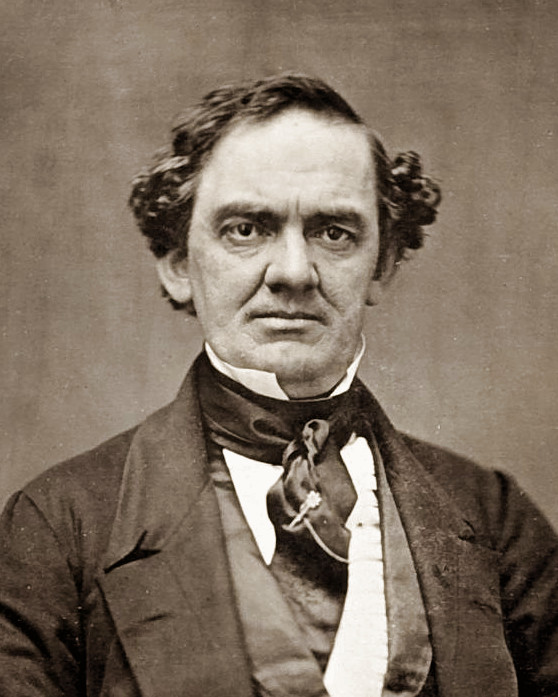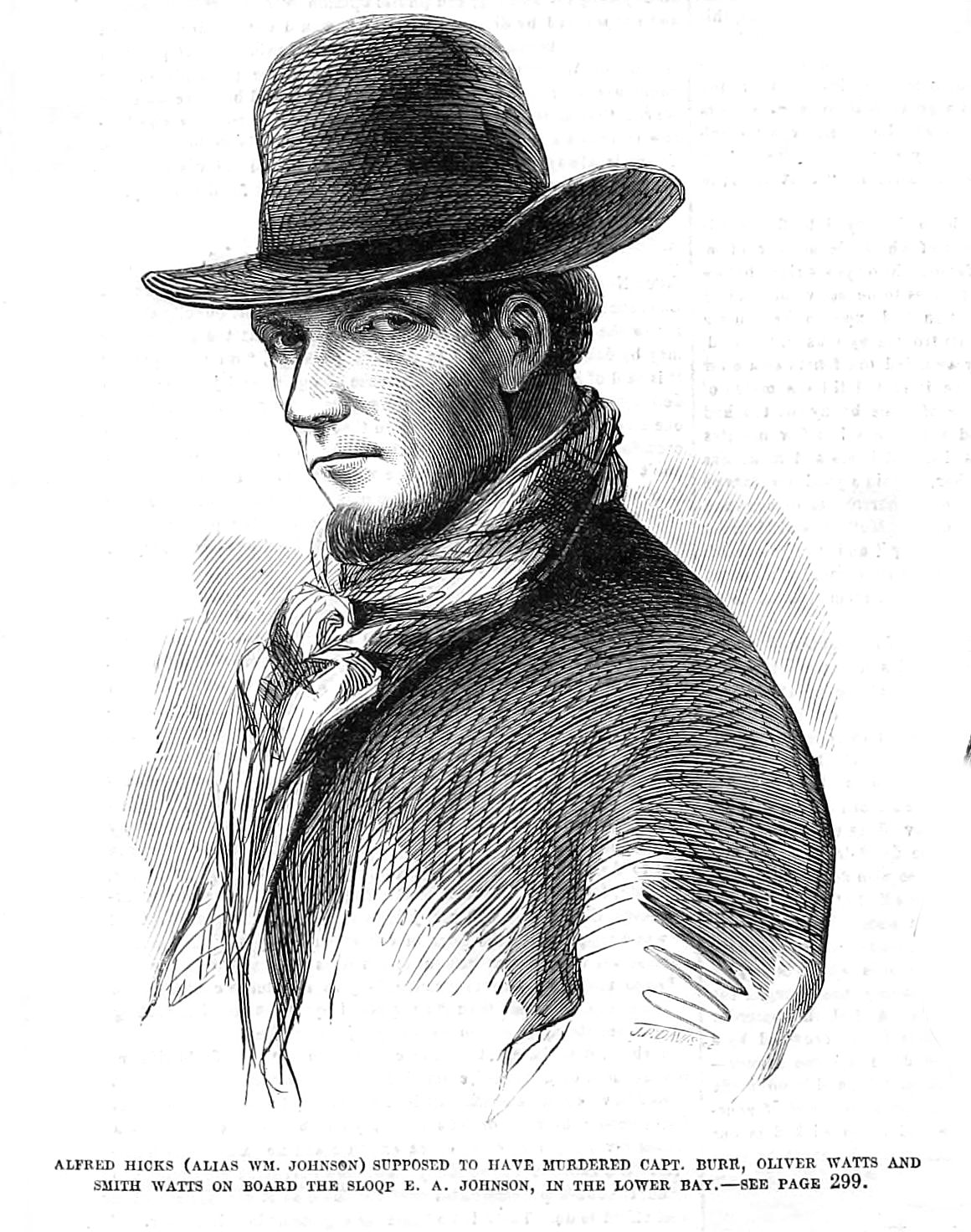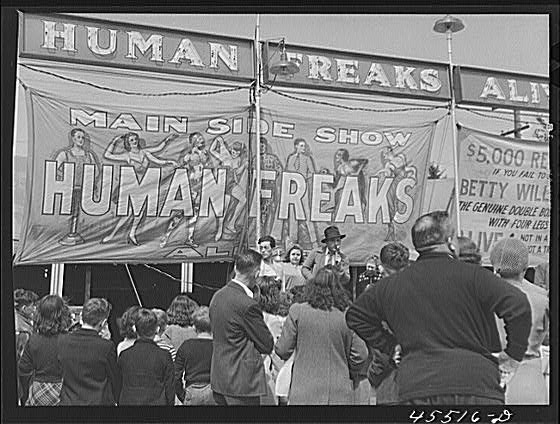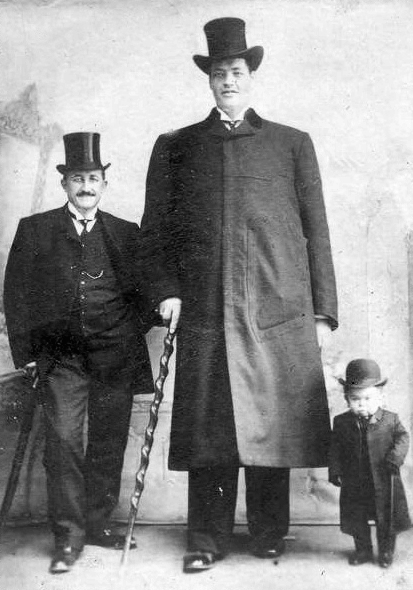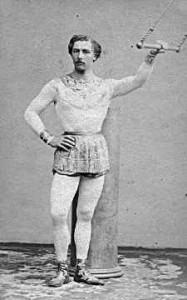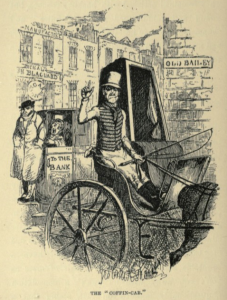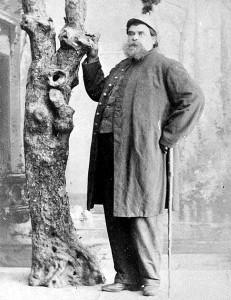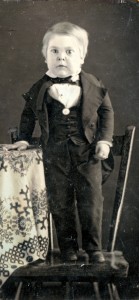
The loving couple as they appeared on the cover of "Harper's Weekly." They were much more attractive than this depiction suggests.
Two of New York’s tiniest residents were the principals of one of the largest weddings in the history of the city. It was in 1863 that Charles Stratton, better known as diminutive P.T. Barnum attraction General Tom Thumb, took a bride in the form of fellow little person performer Queen Lavinia Warren. The ceremony was held at Grace Episcopal Church and Barnum made certain that it was the social event of the year.
The New York Times was on the scene to file a breathless 5,000-word article in its February 11, 1863 edition, which was subtitled: “Marriage of General Tom Thumb and the Queen of Beauty. Who They Are, What They Have Done, Where They Came from, Where They Are Going. Their Courtship and Wedding Ceremonies, Presents, Crowds of People.” A few excerpts about the insane scene follow.
••••••••••
“Those who did and those who did not attend the wedding of Gen. Thomas Thumb and Queen LAVINIA WARREN composed the population of this great Metropolis yesterday, and thenceforth religious and civil parties sink into comparative insignificance before this one arbitrating query of fate — Did you or did you not see Tom Thumb married?
The Scriptures tell us that a little matter kindleth a great flame, and that being the case, no one need be surprised that two little matters should create such a tremendous hullabaloo, such a furore of excitement, such an intensity of interest in the feminine world of New-York and its neighborhood, as have the loves of our Lilliputians. We say ‘feminine world,’ because there were more than twenty thousand women in this City yesterday morning up and dressed an hour and a half before their usual time, solely and simply because of the approaching nuptials of Mr. STRATTON and Miss WARREN. They didn’t all have cards of admission, oh no, but it wasn’t their fault. Fathers were flattered, husbands were hectored, brothers were bullied and cousins were cozened into buying, begging, borrowing, in some way or other getting tickets of admission to the grand affair.
The marriage of Gen. Tom Thumb cannot be treated as an affair of no moment — in some respects it is most momentous. Next to LOUIS NAPOLEON, there is no one person better known by reputation to high and low, rich and poor, than he.”
••••••••••

Barnum was a very distant relation of the General and taught him how to sing, dance, mime and do imitations. (Image by Mathew Brady Studio.)
“Long before the hour appointed for the ceremony, a great concourse had gathered OUTSIDE THE CHURCH, and that portion of Broadway between Union-square and Ninth-street was literally crowded, if not packed, with an eager and expectant populace. All classes of society were represented, not excluding the ‘spectacle man’ and the woman retailer of apples. As the time approached for the ceremony of the nuptials, the crowd increased in density, every one exhibiting the most impatient desire to catch a glimpse at the happy pair when they should arrive. All the buildings in the vicinity of the church were made subservient to the general curiosity, and not a door, or window, or balcony, which would in the least facilitate view, but was put into practical service. The smiling faces of the thousands of fair ladies thus assembled contributed not a little to the attractiveness and joyfulness of the occasion. The system of police was admirably executed. Order was preserved throughout the entire proceedings, and a general good feeling seemed to exist among the people. Stages, and all vehicles excepting the carriages which contained invited guests and holders of tickets, were turned off Broadway at Ninth-street below the church, and at Twelfth-street above. In the intermediate space, and near each sidewalk, were stationed lines of policemen, who succeeded in maintaining their position until nearly noon, when the multitude became so vast that they were obliged to form new lines nearer the centre of the street. The open space was then hardly of sufficient width to admit of the free passage of carriages, but the drivers threaded their way through, notwithstanding the slight inconveniences which opposed them. To place a correct estimate upon the number of carriages that passed through the line, unless a person stood by and counted them one by one, would be impossible. There was one unbroken chain of them for over two hours preceding the arrival of the ‘little couple.’”
••••••••••

Not even Harry Potter and Lady Middlemarch will have such a wedding.
“Policemen were detailed to preserve order in the vicinity of the hotel, as well as of the church. Vehicles were turned off the main thoroughfare at Houston and Spring streets, and the long line of carriages which was noticed at the church, came pouring down toward the place of reception. The crowd followed, and in less than fifteen minutes the street in front of the hotel block was completely choked with human beings. Upon each side of the hotel entrance was displayed the American colors, as was also the National flag upon the roof of the building. The inmates of the carriages, as they alighted, were closely scrutinized by the outsiders, many of whom naturally envied the good fortune which entitled their inferior, perhaps, in social standing to congratulate the married party. Pickpockets, as usual, were busy plying their avocation. Two of that ‘genteel profession,’ however, were discovered in the act, and taken to the station-house.”
••••••••••
“THE RECEPTION WAS A SUCCESS, as, of course, it was expected to be when BARNUM was the head and front of the offending. The brilliant assemblage, the delicious music, the merry laughter, the surging sea of laces, tulle, silk, satin, broadcloth, moire antique, muslin, velvet, furs and fine feathers of every imaginable hue and material, have been unsurpassed even in the gorgeous halls of the Metropolitan. All that the Messrs. LELANDS could do for the guests was done, and if a hundred or so did accidentally stray into the dining room, it seemed to be considered in the programme. All was hilarity, jocularity, fun, amusement and the acme of enjoyment, down to the happy moment when the twain retired.”

